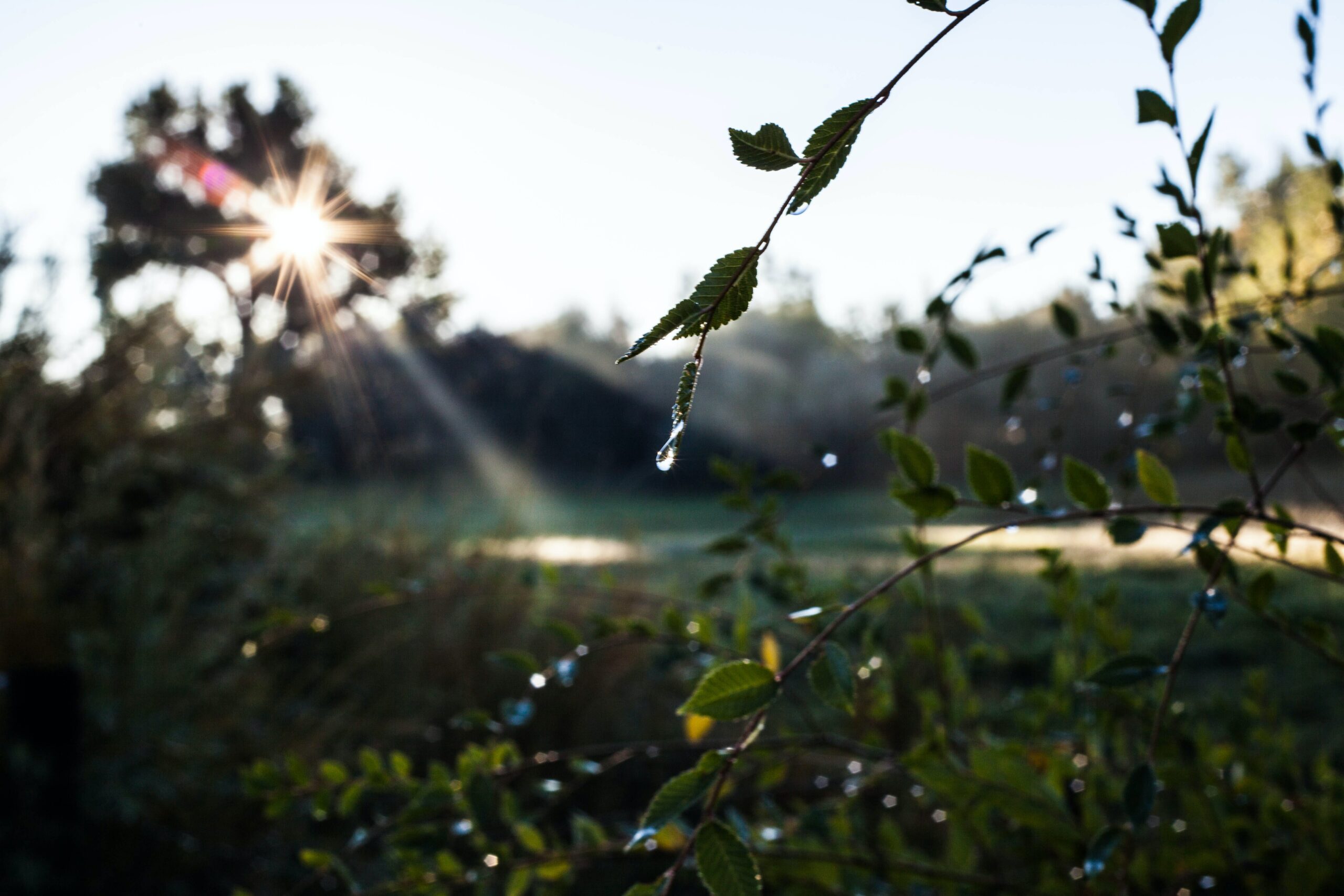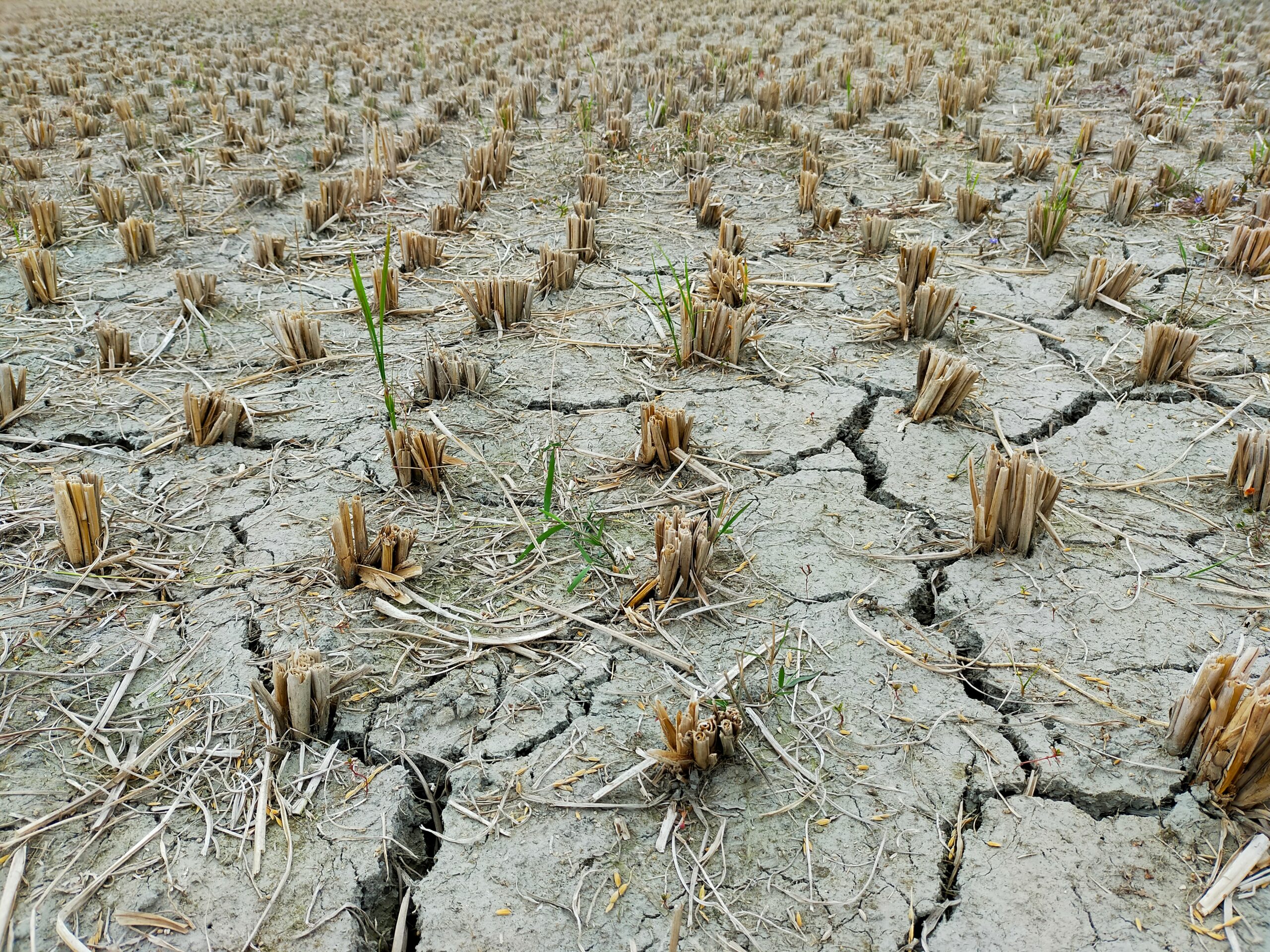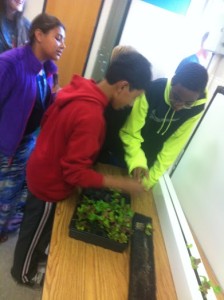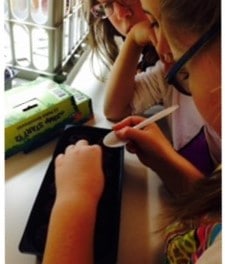On Monday the Bright Agrotech Education team got to attend the Roadmap to STEM Conference in Sheridan, Wyoming. It was chock-full of enthusiastic and creative educators, who were a joy to meet.
Of course, not everyone got to attend. Don’t worry, though!
We have a text version of the presentation below, and even a virtual booth for you to enjoy!
The world is changing.

Amy: Alternative agriculture is especially important to our students these days.
Why? Because the world is changing. Its changing everywhere and all the time. From population growth, to the responding resource scarcity, and of course the complex changes in communication and business.
This means the birth of an exciting new age, as well as it’s challenges.
What a changing world mean for us? A lot of great things.
New lives and new minds, thinking up and creating and building incredible things that have never been imagined before.
To fully reach the potential of humankind, we have to deal with the issues that come with that potential. That means making more food in the same amount of space, and doing it more efficiently. If we dont accomplish these things, then we could be facing some serious issues, many of which are agricultural.

The future of food is bright.
At Bright Agrotech, were optimistic about the future of food. Were optimistic because we are at the front of the movement, seeing and partnering with innovators. We see the agricultural industry being transformed from the smallest corners, slowly causing a paradigm shift. We see business owners responding to changing conditions and communication. We see farmers using alternative techniques.
The ball has begun to roll, and there must remain a sense of urgency if were going to achieve the goals that will carry us to a fully realized future.
How do we create a strong foundation for the future?

With that being said, we believe that to establish a foundation to keep the ball rolling, we need to both continue to work hard on innovation ourselves, as well as to prepare a future generation of students to pick up the reins and expand our work in years to come.
Students need four things to be equipped:
- Problem recognition
- Knowledge
- Inspiration
- Confidence
Give students these things, and they will be equipped to take their place in a rapidly evolving world.

Halle: So whats the young persons place in the world? Well, we know that students of today are going to be the leaders of tomorrow. They need to be prepared to fill science, technology, engineering and math positions- many of which don’t even exist yet -not just doing whats expected of them, but having the drive and creativity to exceed those expectations.
Educators are preparing students to take their place in the world.
The students of today need to be passionate, concerned with the well-being of our society, and driven to make a positive difference by applying their education. They need to be innovators. But how are they going to do that? What preparation can we give them?
Like Amy said, there are four aspects to bringing students to a point where they are able to create innovative solutions to the problems that exist in the world.
First, students need the confidence to believe they can make a change in this world. That means curiosity to pursue the truth and an attitude that reflects problem solving rather than giving up.
Second, they need to understand current problems and be able to tune into new problems as they arise. Problems like the knowledge gap between consumers and where their food comes from, world food security, and worsening drought (California). That means explaining current situations to students, encouraging them to investigate current events themselves, and guiding them as they go through the journey of meeting the world.

But knowing the problem is only half of the picture.
Third, they also need the creativity and the skills to solve that problem.That’s where innovation and learning how to work with new technology in school gardens comes in. Students who grow in a situation where creativity and innovation is possible and rewarded are far more likely to pursue innovation in the future.
There’s a fourth ingredient that people often skip over- Inspiration. If a student doesn’t a) believe that they can do something and b) have a passion to see it completed, then it’s not going to happen.

So, where does these four areas of equipment come from?
You. Us. The educators.
Your willingness and creativity is forging new opportunities for students.
Many educators can (and already are) helping to foster this innovation by equipping their students with these four things.
 Amy: Weve talked with many educators who are as just as dynamic and inspirational as the ones we mentioned about, and we noticed a pattern of two things that each one of them have which set them apart:
Amy: Weve talked with many educators who are as just as dynamic and inspirational as the ones we mentioned about, and we noticed a pattern of two things that each one of them have which set them apart:
1 – Willingness. Almost every teacher that Ive met has cared deeply about the success of their students, and teachers that inspire innovation through classroom gardens are no different. These are people who do things that havent been done before. Who take on projects with no manual and no advisor. They are the educators who see a bright future for each student and who sacrifice sleep, sweat, and tears to make it happen. Of the educators that we met at the recent Wyoming STEM Con, each and every one of them had this trait. Odds are that if you are spending your free time reading an article like this, you have it too.
2 – A unique teaching tool. Opportunities open up for educators and students with access to tools that help them get hands-on and practical with their teaching/learning. Classroom gardens allow both of these things.

Classroom gardens yield exciting results.
Classroom gardens are just what they sound like. But dozens of different growing techniques exist, so classroom gardens come in a variety of shapes and sizes. Each type has its own benefits and challenges to issue. Here are the common benefits:
- Classroom gardens allow hands-on and fully sensory learning. A student can put together the system themselves, linking what theyre learning with memories of placing pieces, the feeling of the materials, and the texture of different pieces. They link the aroma of fresh basil and the taste of the lettuce that they grew themselves.
- Classroom gardens give students context to what theyre learning. Not only does it give them an entire ecology to give context to the biology or chemistry that they are learning, but it gives them an application for the real-world skills that educators are teaching to them.
- Finally, classroom gardens give students ownership over their education. Most educators using ZipGrow as classroom gardens, for example, give each student a portion of the garden or a task that is their responsibility. Weve seen again and again that when students are given plants or animals to care for, they step up to the plate and do their best.
A classroom garden in every school
Obstacles like maintenance, lack of support, and budget have kept educators from implementing classroom gardens for years.
The boom of educators who use classroom gardens is due to solutions to these obstacles. Simpler gardens and low-maintenance growing methods, like the plug-in-and-watch Spring System, give even the most anti-Green Thumbs a chance to grow in their classroom. Companies that partner with individual educators and schools take the main load of maintenance off of the educators shoulders, leaving them free to do what they do best: teach. In addition, the pool of written and visual resources is growing at an exciting rate.
Of course, the funding obstacle has been an issue for years. Fortunately, dozens of solutions have arisen in recent years, and the value of classroom gardens is not lost on funding programs and sponsors. Get a start on finding that funding in this blog post.






